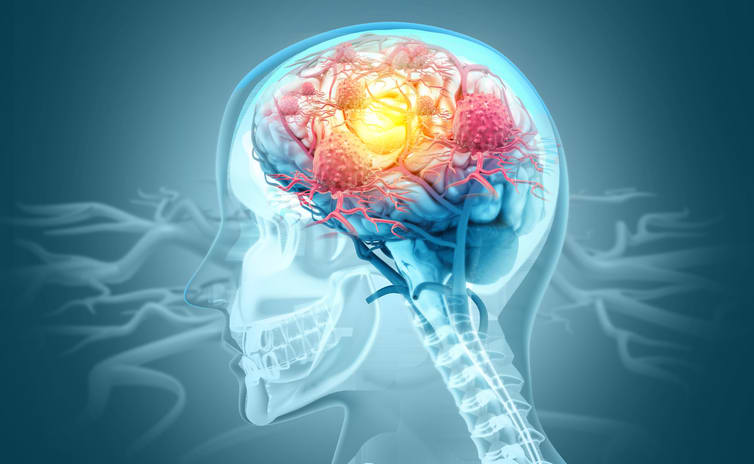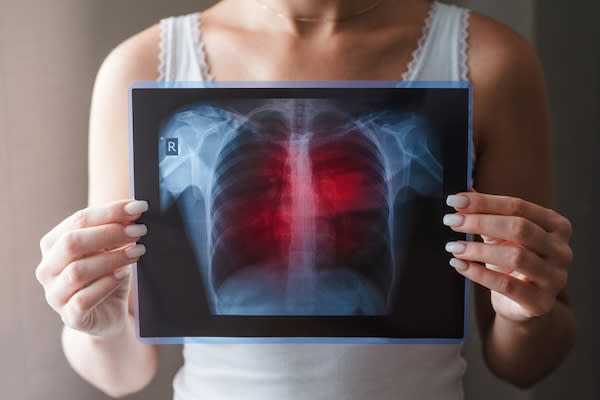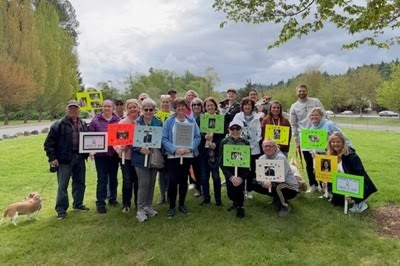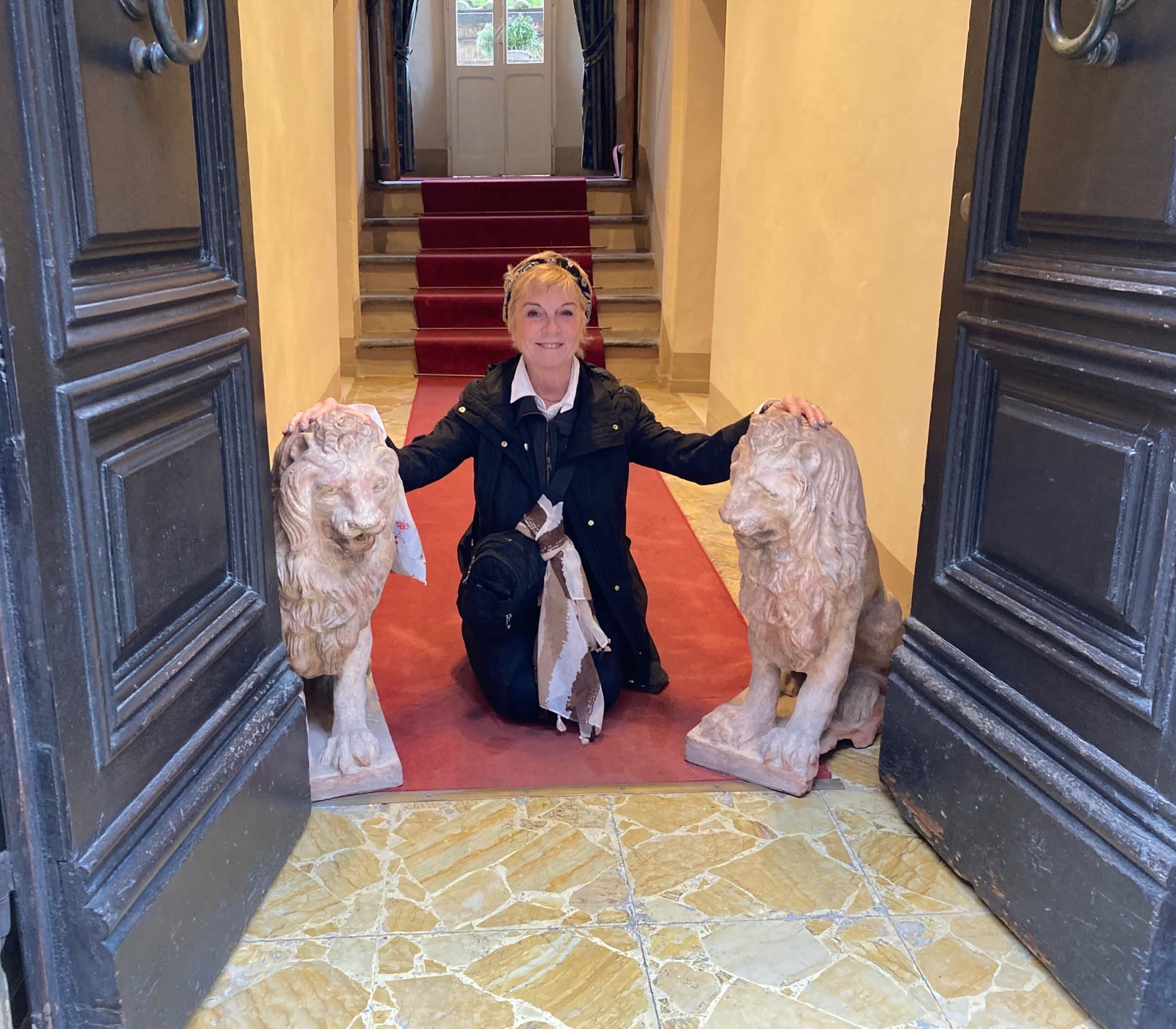Free Tissue Transfer
Reconstruction That Improves Function and Appearance
Reconstructing areas affected by tumor removal — particularly in delicate places like the face, neck, and jaw — takes both precision and expertise. That’s why our experts at the Providence Swedish Cancer Center provide free tissue transfer, which uses your own healthy tissue to help you heal fully in both function and appearance.

Treatment Overview
Free tissue transfer is a complex surgical procedure also known as microvascular surgery which involves removing the tumor and repairing the affected area.
During the procedure, after your surgeon has removed the tumor, healthy tissue is taken from another part of your body — often the forearm, thigh, back, abdomen, and lower leg. This is called a free flap. The type of tissue the surgeon takes depends on the type of repair you need, and could be skin, fat, muscle, bone, connective tissue (fascia), or cartilage. Using a microscope, the surgeon will then reattach the tissue and the tiny blood vessels using very fine sutures.
While free tissue transfer can be used for many types of cancer, it’s particularly useful if you have throat or mouth cancer because it allows surgeons to reconstruct areas that might affect your speech, chewing, or swallowing. This can improve your quality of life and well-being.
What to Expect
At the Providence Swedish Cancer Institute, we’ll guide you through the planning stages of your surgery through to discharge, recovery, and future treatment if needed. Your care team is here to support your physical healing, emotional well-being, and personal goals, so you can move forward with confidence.
About a week before your surgery, we’ll contact you to:
- Assist with remaining pre-surgical lab work or tests
- Review what will happen during your surgery
- Explain potential side effects
- Discuss medications and post-surgery care, and answer any questions you may have
You'll receive information to prepare for your hospital admission if necessary. If you have any questions after this appointment, you can reach out to your nurse or care coordinator, who will be happy to help.
Smaller free tissue transfers might be done as an outpatient procedure, but most patients are admitted to the hospital. Your recovery depends on the type and complexity of your procedure. For example, if your procedure involves your head or neck, you might need a temporary tracheostomy to help you breathe. If it involves an arm or leg (donor site), you might have a cast or a splint. Your care team will explain what you can expect following your procedure.
Free tissue transfer has a high success rate and is especially effective for large or complex reconstructions after tumor surgery. Because the procedure uses your own tissue, it often results in a more natural appearance. It also lowers the risk of complications like allergic reactions or tissue rejection, since no foreign or donated materials are involved. All of this can support a smoother recovery and contribute to your overall well-being.
As with any surgery, there are risks, including:
- Infection
- Bleeding
- Hoarseness or loss of your voice
- Injury to the trachea (windpipe)
Your care team will talk with you about these risks, answer your questions, and help you make an informed decision that aligns with your goals.
You’ll have several follow-up appointments after your procedure for the first few weeks. This helps us monitor your healing and manage any complications. As time goes on, your appointments will be less frequent, but regular checkups are required so that we can continue to manage any of your ongoing treatment needs and watch for any signs of recurrence.
Services are also available to help you through every treatment stage.
Learn more about our supportive care services.
Frequently Asked Questions
Your surgeon will consider several factors, including the size and location of the repair, and how removing tissue might affect the donor site. For delicate areas like the face or hand, tissue from the forearm or upper arm may be used because it’s thinner and more flexible. But if you rely heavily on your arms, another area might be chosen. For larger reconstructions, tissue is often taken from the back, where any scarring is less noticeable.
Free tissue transfer is typically performed at the same time as tumor removal surgery, but not always. There are many advantages to doing them together: You only have to go under anesthesia once, you limit your risk of infection, and you recuperate from only one surgery, which means you can return to your regular activities sooner. Sometimes, though, if a patient has complications or more cancer needs to be removed later, the reconstruction surgery will be delayed.
Your care team will walk you through steps to support a safe recovery. In general, avoiding smoking is one of the most important things you can do — smoking restricts blood flow and can slow healing. Eating a healthy diet before and after surgery also helps your body recover. Give yourself time to heal by avoiding strenuous activity and heavy lifting, and if you ever have questions or concerns, don’t hesitate to reach out to your care team.
Free tissue transfers range in complexity. It can take several weeks before you can return to your regular activities if your surgery was complicated, but it might be much shorter if the surgery wasn’t as involved. Recovery also depends on where the surgery was done. For example, if you had surgery in your mouth, you may have to relearn how to swallow or speak, but if it was on your arm or leg, you may need other rehabilitation, like physical therapy.
Most patients don’t need additional surgery, but it’s possible in some cases. If the reconstruction doesn’t heal as expected, your surgeon may need to adjust the blood vessels or replace the tissue. Some people choose to have a revision later on to reduce scarring, improve movement, or refine the shape of the reconstructed area. Your care team will talk with you about any next steps if needed.
Yes, we are one of only a handful of national programs to offer a dedicated rehabilitation program led by a fellowship-trained specialist.
The program integrates the medical management of treatment-related side effects and a variety of other physical, occupational, and behavioral therapies, which have been shown to improve overall health for people living with cancer. This may include nutritional guidance to help you eat well during and after treatment and physical or occupational therapy to help prevent lymphedema.
We provide a full range of supportive care services to support you during and after your cancer treatment. Some of these services include:
- Art therapists
- Cancer rehabilitation (onco-physiatry)
- Care coordinators
- Genetic counseling (cancer geneticist)
- Health educators
- Medical massage (edema, lymphedema management)
- Music therapist
- Naturopaths
- Nutritionists
- Oncology nurses
- Social workers
- Speech and language pathology
We can also help with finances, food, transportation, and other challenges for eligible patients through our patient assistance fund.
See the full list of supportive care services.
Note: Some services are provided by local partners and vary based on location. Please contact your clinic for more information.
News & Info From Our Experts



